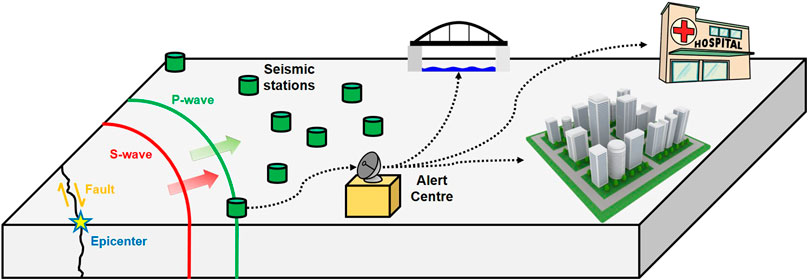
- #Changing the warnings for validation on coda 2 full
- #Changing the warnings for validation on coda 2 code
Forgetting this is just the same as forgetting a closing tag altogether.
Most HTML elements have a separate closing tag, eg:, but other elements like input, img and meta are self-closing, this means they have a trailing slash before their closing bracket. The warning for this in the W3C validator is the cryptic message end tag for “p” omitted, but OMITTAG NO was specified – Which basically means Dude, you forget to close that paragraph tag Missing / on self-closing elements Forgetting to do so won’t just invalidate your HTML, it might also be the cause of some serious layout problems.

If you’ve opened a tag somewhere in your HTML document, you must remember to close it in the appropriate place. To fix this error and all the subsequent issues, add an HTML or XHTML doctype to your page. The worst thing you could do validation wise is to forget a Doctype altogether! No Doctype means browsers will have to guess what language your page is written in. The thing is, all of these errors can be easily fixed in minutes.
#Changing the warnings for validation on coda 2 code
Many of the sites looked great, but as you can see, the quality of code just doesn’t match the quality of the design. Here’s a bunch of validation errors that were picked out from sites showcased on the first page of a well known CSS gallery.
#Changing the warnings for validation on coda 2 full
You wouldn’t want to supply a design full of typos or spelling errors, so you shouldn’t really settle for an HTML page full of little validation issues. I see invalid HTML little like spelling mistakes, although the client probably won’t see a mistake in your code, the idea is still the same. There’s also the aspect of professionalism. Not to mention the search engine bots for all you SEO people – You wouldn’t want to put obstacles in their way, a clean and valid page is going to be much easier for the bots to read and scan. These people might not be browsing the same as you, instead of seeing the visual website you’ve designed in a browser, they might be hearing the site through a screen reader.Īn error free HTML page is much more likely to be rendered correctly by a range of browsers, and maintain compatibility with future versions. An HTML page is made to present data, not visual graphics, so this data should be written correctly to ensure it’s readable by a wide spectrum of people who use the web. Remember that a website isn’t all about how it looks.

If it looks OK in the browser, why bother validating? is a common response to validation.


 0 kommentar(er)
0 kommentar(er)
